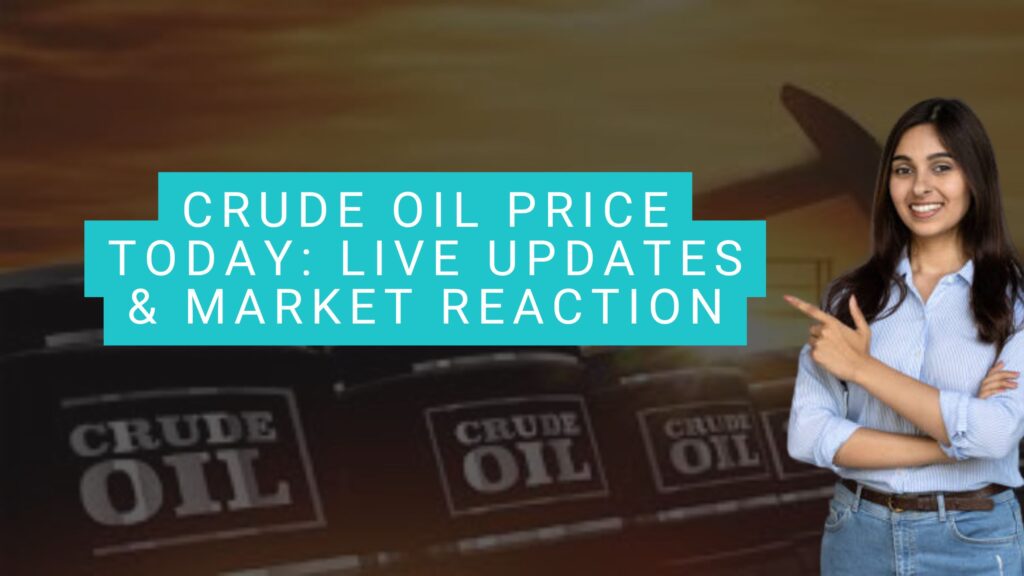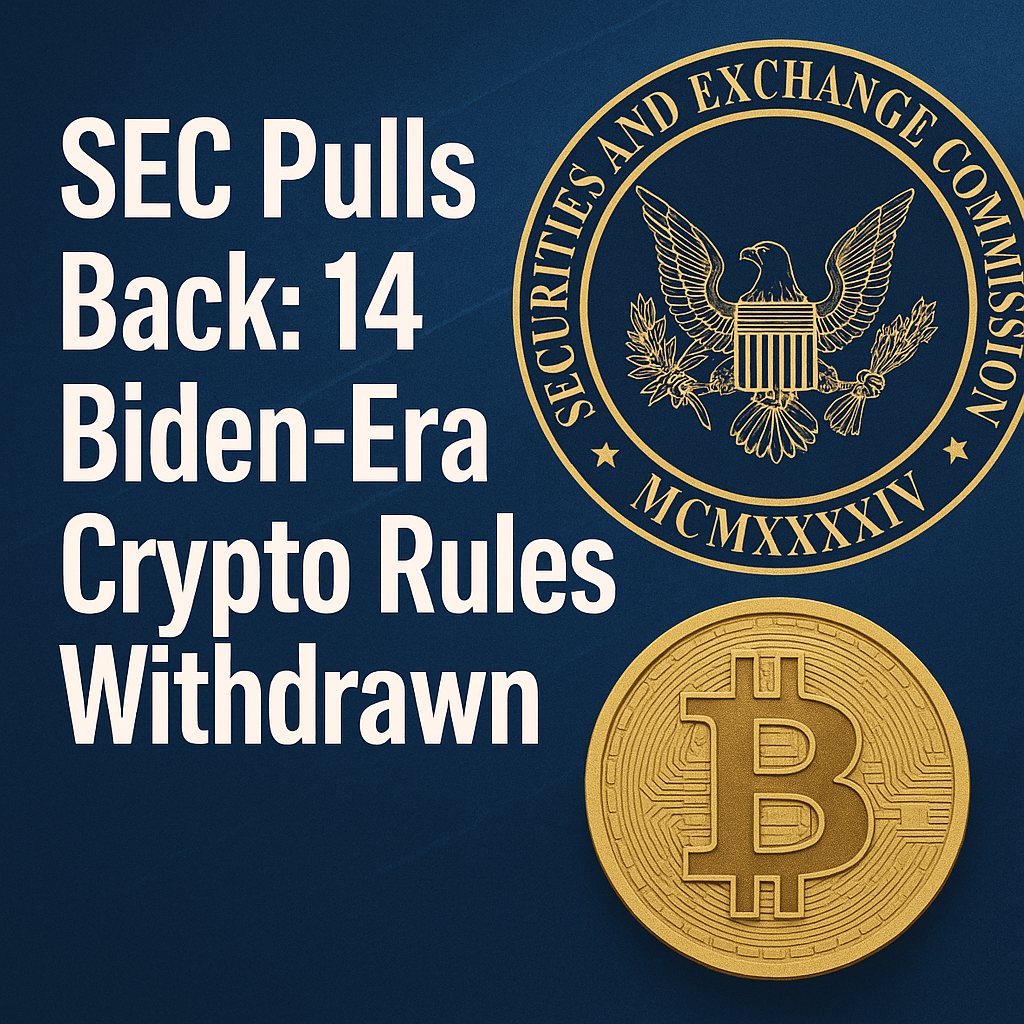1. Live Crude Oil Snapshot
- Brent Crude: US $77.32/barrel (up ≈ 0.4%)
- WTI (West Texas Intermediate): US $74.05/barrel (up ≈ 0.7%)
These prices reflect active U.S. and Israeli military operations in the Middle East, especially targeting Iran ‑ a scenario that has introduced renewed volatility in oil markets as of June 22, 2025.

2. What’s Moving the Market Today
🔹 U.S.–Iran Tensions Boost Prices
The U.S. strike on Iran’s nuclear facilities over the weekend (June 22) and Iranian threats to counter-strike have catalyzed a 0.5–1% increase in oil prices as traders factor in geopolitical risks .
U.S. Strikes on Iran’s Nuclear Facilities: What Happened, Why It Matters, and What Comes Next
Fred Smith: The Visionary Who Revolutionized Global Delivery with FedEx
🔹 Strait of Hormuz Concerns
Roughly 20% of the world’s oil passes through the Strait of Hormuz daily. Iran has threatened its closure, which could ignite $100–$150/barrel spikes in worst-case scenarios .
🔹 OPEC+ Supply Dynamics
OPEC+ is rolling back production cuts—countries like Russia and Saudi Arabia are increasing output. However, this hasn’t fully offset fears of supply disruption .
🔹 Global Inventory & Demand
The IEA reports rising crude and refined-product stockpiles, with non-OPEC+ supplies outpacing demand by ~330 kb/d . But strong refinery activity and geopolitical premiums are keeping prices elevated.
3. Top Headlines: Latest Oil News
- U.S. strikes escalate volatility
President Trump confirmed successful strikes on Iran’s nuclear sites at Fordow, Natanz, and Isfahan, expressing readiness for more action . The result: markets brace for “unpredictable spillovers.” - Tensions push oil to six‑month high
Brent has climbed ~20% since early June, marking its biggest monthly rise since 2020 due to Israel–Iran hostilities . - Short-term spikes, long-term stability?
While short‑term bursts are likely, long-term over‑supply and resilient crude inventories could prevent sustained $100+ prices . - Financial markets take note
Oil‑related equities gained, crypto dropped, and gold rose as investors opted for safe‑haven assets .
4. Geopolitical Tensions & Oil
🔸 Military Hosting Impacts
Ongoing strikes and missile exchanges sharply elevate geopolitical risk premiums—adding about $5–10/barrel in near‑term pricing .
🔸 Hormuz Strait Threats
Iran’s threats to block this chokepoint could endanger 18–21 million bpd, with a full shutdown potentially knocking out up to 20% of global oil trade .
🔸 OPEC+ Buffer Effect
With OPEC+ boosting output into July, oversupply limits are moderating price surges—even amid heightened risk .
5. Expert Insights & Forecasts
- Goldman Sachs: A geopolitical risk premium of ~$10/barrel is justified; Brent may reach $90 if disruptions hit .
- JP Morgan: Maintains bearish outlook—projecting low‑to‑mid $60s in 2025 despite tensions .
- Rory Johnston (Commodity Context): U.S. engagement expectation is reflected in Brent pushing towards $80 .
- Arvind Sanger (Geosphere): Shipping risk premiums to sustain elevated prices unless direct hits occur .
6. Regional News: India’s Oil Strategy
- Surge in Russian & U.S. imports
India increased Russian crude intake to over 2 mbpd in June—surpassing combined Middle Eastern supplies—and enhanced U.S. volumes to ~0.44 mbpd . - Shipper caution reduces Middle East loadings
Tanker activity from the Gulf to Asia has halved, indicating a shift in sourcing and risk‐aware logistics .
7. Market Implications: Price Forecasts
🔹 Short‑Term Outlook (days–weeks)
Expect continued volatility between $75 and $85 as markets digest strikes, Hormuz threats, and OPEC+ actions.
🔹 Mid‑Term Signals (3–6 months)
If direct disruptions are avoided, oversupply may gradually erode premiums—potentially dragging Brent under $75 unless geopolitical events persist.
🔹 Long‑Term Projection (beyond 6 months)
Fundamentals like supply growth, demand recovery, and energy transition will dictate pricing. OPEC+ policy, Iranian sanctions, and global economic trends (e.g., growth in U.S., China, India) are key. IEA forecasts supply up by ~1.8 mbpd in 2025 and demand by ~0.72 mbpd .
8. What Traders Should Consider
| Factor | Impact on Crude Oil Price |
|---|---|
| Geopolitical risk | Raises premium; prices may reach $90-100 if Hormuz closes |
| OPEC+ output | Could cap near-term gains if production continues rising |
| Oil inventories | Rising stocks limit sustained spikes |
| Global demand | Stronger growth supports prices; economic slowdown may restrain |
| Market sentiment | Risk-off moves favor gold/crypto; oil rallies with equity shifts |
Conclusion
- Live prices: Brent ≈ US $77.32, WTI ≈ US $74.05
- Primary drivers: Middle East war risks, OPEC+ outputs, and global inventories/demand
- Outlook: Volatile short‑term, uncertain mid‑term, fundamentals-driven long‑term
This article aimed to combine real-time insights, expert perspectives, and a reader-friendly narrative—all aligned with SEO best practices focused on “Crude Oil Price Today,” “Live Oil News,” and “Oil Market Analysis.”
If you’d like any charts, infographics, or deeper dives (like how rising oil prices impact your fuel bills or inflation), just say the word—I’m here to help you stay informed!
FAQs: Crude Oil Price Dynamics
Q1: Why did oil prices jump this week?
U.S.–Iran tensions (nuclear facility strikes) and Iran’s Hormuz threats spurred fears of supply disruption—leading to a market risk premium dating from June 13‑22 .
Q2: What keeps prices from going beyond $100?
Rising inventories, proactive OPEC+ supply increases, and lack of actual shipping disruption are moderating prices .
Q3: How could a Hormuz shutdown affect prices?
A closure could remove ~20 mbpd from markets—triggering potentially $100–150/barrel prices, per Goldman, Rabobank and FT .
Q4: Are oil-importing countries hedging now?
Yes—India has pivoted towards Russian and US crude, while Europe is adjusting refined fuel sourcing amid supply concerns .
Q5: What do experts recommend?
Diversify supply chains, hedge against sustained geopolitical premiums, and monitor OPEC+ output and global demand signals closely.

